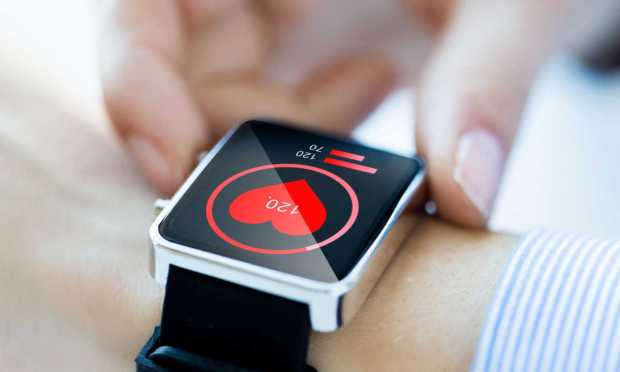Digital Healthcare Misses Mark for Needier Patients

Lower-income patients are being underserved in the virtual medical space and healthcare wearables.
Consumers earning below $50,000 annually engage 8% less in healthcare channels now than they did the previous year. Just 40% of patients in the same income demographic engage in any digital healthcare activities at all. And, per an August PYMNTS/CareCredit ConnectedEconomy™ collaboration, their numbers are falling.
Parallel to the declining use of healthcare channels by lower-income patients is stagnated wearables for the same group. Wearables devices are now a cornerstone of the United States healthcare landscape. Some 107.8 million consumers use them to keep track of their health. U.S. adoption overall has been rapid, seeing more than 21% growth across the country in the past year. This has been mainly fueled by millennials, Generation Z and consumers living in urban areas.
But this growing adoption has been uneven between consumers in urban and rural areas. Sixty-three percent of urban-area consumers are likely to use health-tracking devices, apps or sites over the course of a month. This is compared to 32% of their rural counterparts.
However, location is not the only factor determining consumers’ appetite for health-tracking technology. Income also plays a key role, in nearly an equal divide as geography. High-income consumers are nearly twice as likely to use health-tracking devices, apps or sites than low-income consumers. Sixty-three percent of high-income consumers identify with having adopted these technologies when surveyed for the November PYMNTS/Care Credit ConnectedEconomy™ report. As with healthcare channels, the adoption rate for wearables by low-income consumers is much lower at 34%.
Both of these divides — across geographic locations and income brackets — are growing with time. Urban and high-income consumers’ use of wearables, sites or apps to track health data has increased by 31% since November 2021. But use among rural and low-income consumers has remained largely unchanged throughout the intervening year.

Source: PYMNTS The Connected EconomyTM: Omnichannel Healthcare Takes Center Stage, August 2022 N = 2,736: Whole sample, fielded Jul. 8, 2022 – Jul. 13, 2022
There are hints, however, that low-income consumers may be an interested but untapped demographic. Although overall wellness engagement has decreased among this group, their digital healthcare engagement is on the upswing. The share of low-income consumers engaging with their healthcare professionals online but not in person increased in the past year. This suggests that digital healthcare options may be growing more critical for low-income consumers. And, when extrapolated, this trend shows no sign of slowing.
There is good news: solutions are available to assist providers. Connecting with low-income, cost-conscious patients possibly interested in digital healthcare and/or wearables may be an attainable goal. One approach may be to offer “a la carte” service options. These would be targeted toward, but not limited to, consumers less able to afford comprehensive (and generally more costly) care. A healthcare-as-a-subscription model based off the well-known software-as-a-service and is being considered as a possible future standard for healthcare.
The American Hospital Association predicts the most successful medical companies will be offering subscription-based programs instead of traditional, episodic relationships. The subscription business model holds the potential to offer such options as patient portals, telemedicine technologies and mobile apps at an attractive price. Currently, the space is being filled up with major players as Amazon. But there is plenty of room for other opportunities such as native platforms for individual companies and offices.
As healthcare tech continues to evolve, it’s important to remember that not each consumer has had the opportunity to access wellness tools at an equal pace. However, avenues exist to service this underserved demographic — and possibly offer new opportunities for providers.
